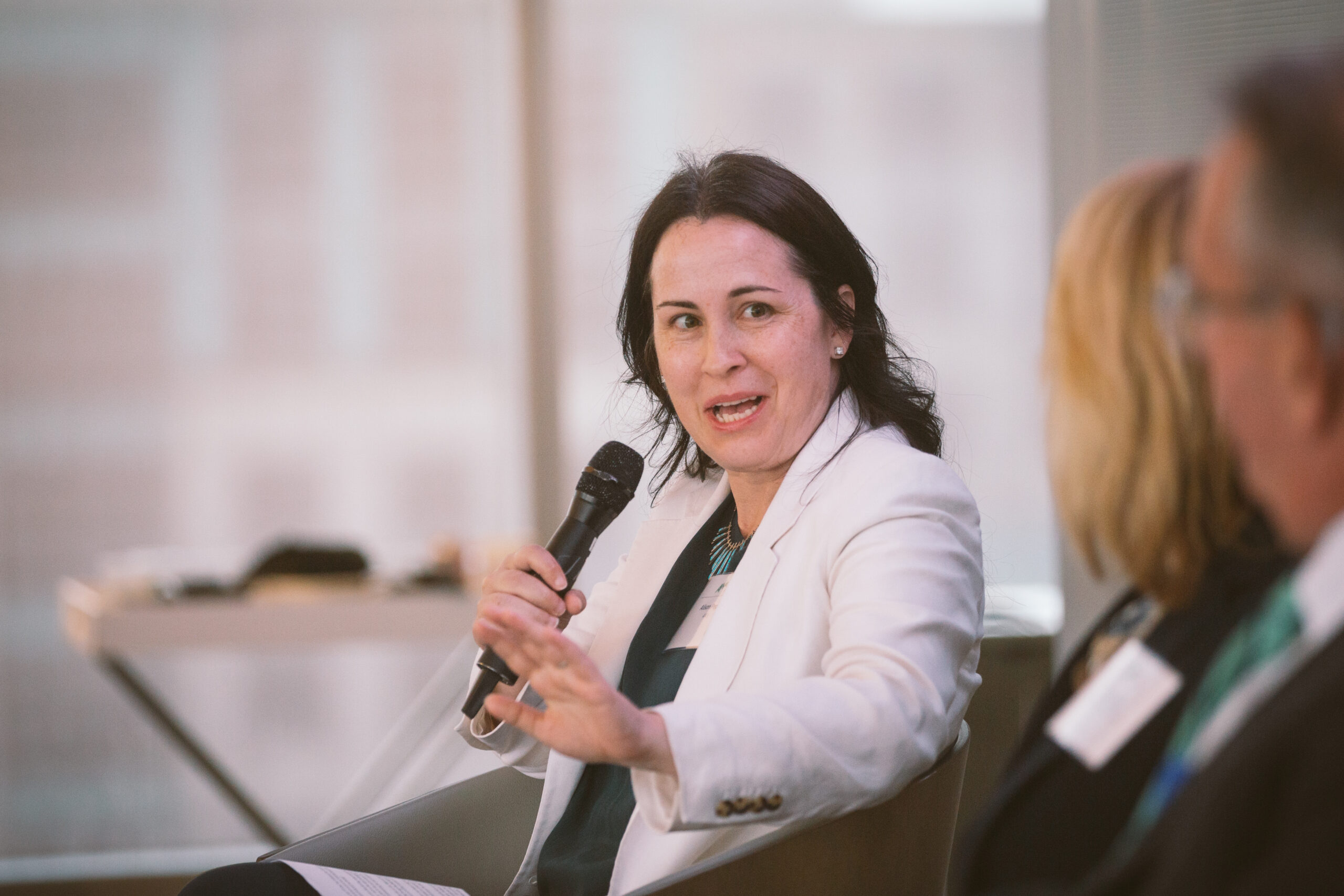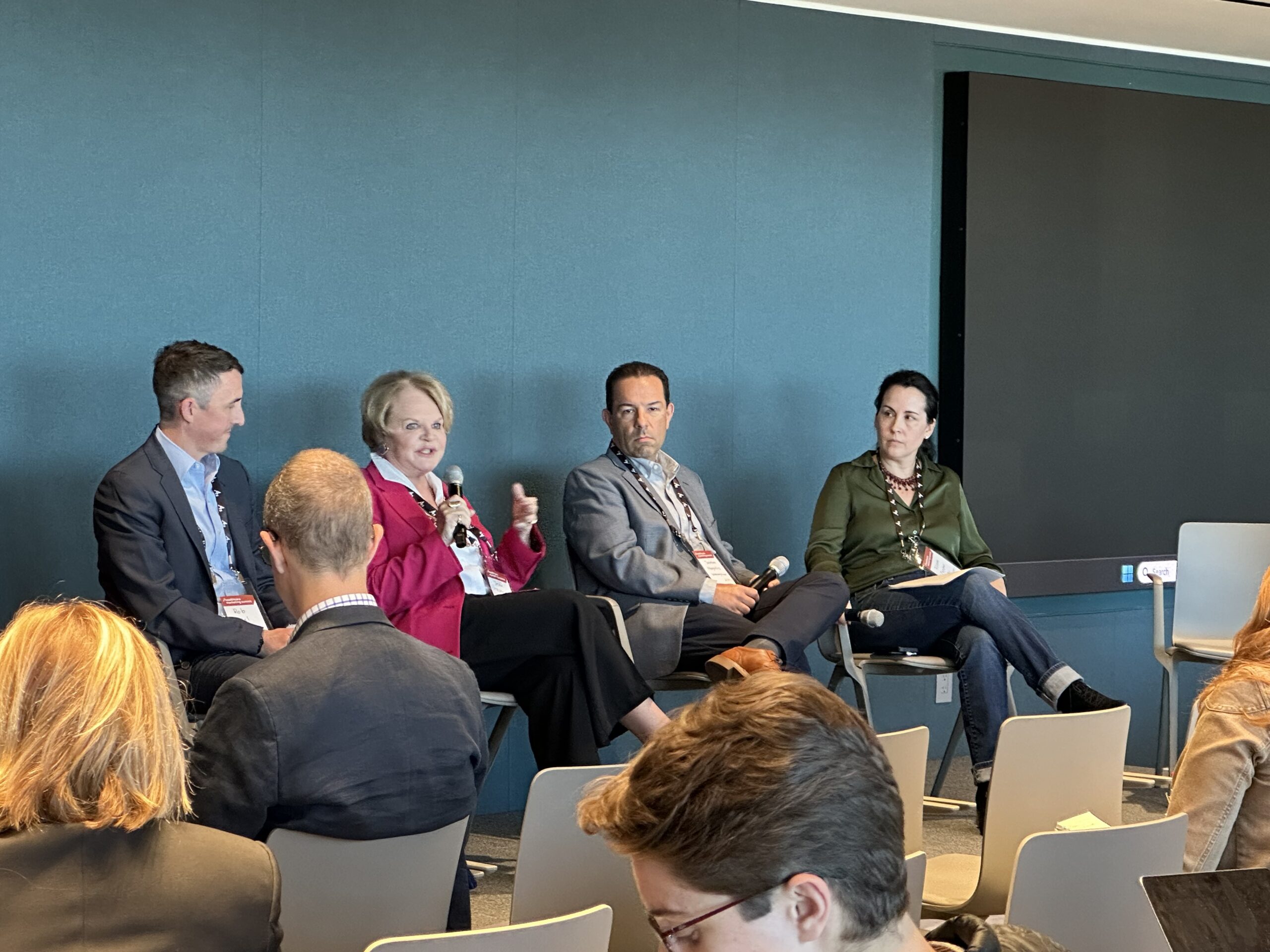Topic
- Government Relations
As Congressional Democrats continue to struggle to deliver on their campaign promise to pass a federal paid family leave bill, state legislators are taking it into their own hands to create state-mandated, paid family leave programs.
As of June 2022, eleven states and the District of Columbia have enacted paid family leave (PFL) programs. These programs are active in California, Massachusetts, New Jersey, New York, Rhode Island, Washington, the District of Columbia, and Connecticut, while the programs in Oregon (2023), Colorado (2024), Maryland (2025), and Delaware (2025) have yet to go into effect or begin allowing distributions. All state programs are funded through employee-paid payroll taxes, and some are also partially funded by employer-paid payroll taxes. Agencies should review the paid family leave laws in the states where their employees are located in order to determine how these programs might fit into their existing company-wide paid leave programs.
The federal Family and Medical Leave Act (FMLA) guarantees most workers at companies with at least 50 employees access to up to 12 weeks of unpaid, job-protected parental, family caregiver, personal medical, and military exigency leave. While these protections cover 60 percent of the workforce, evidence suggests that many eligible employees do not take leave when they need it because they cannot afford it. Some states expanded job protection as part of their PFL program while others left job protection for leave-takers as it is under FMLA.
For details on specific state laws, read this guidance from the National Conference of State Legislatures.
For questions about state or federal paid leave laws, please contact Alison Pepper, Executive Vice President of Government Relations and Sustainability.
Related Posts

12/02/2025
Member Q&A: Spotlight on Possible Changes to the Trump Administration’s Global IEEPA Tariffs

11/19/2025
California Finalizes Regulations for One-Click Data Deletion Platform

10/17/2025

